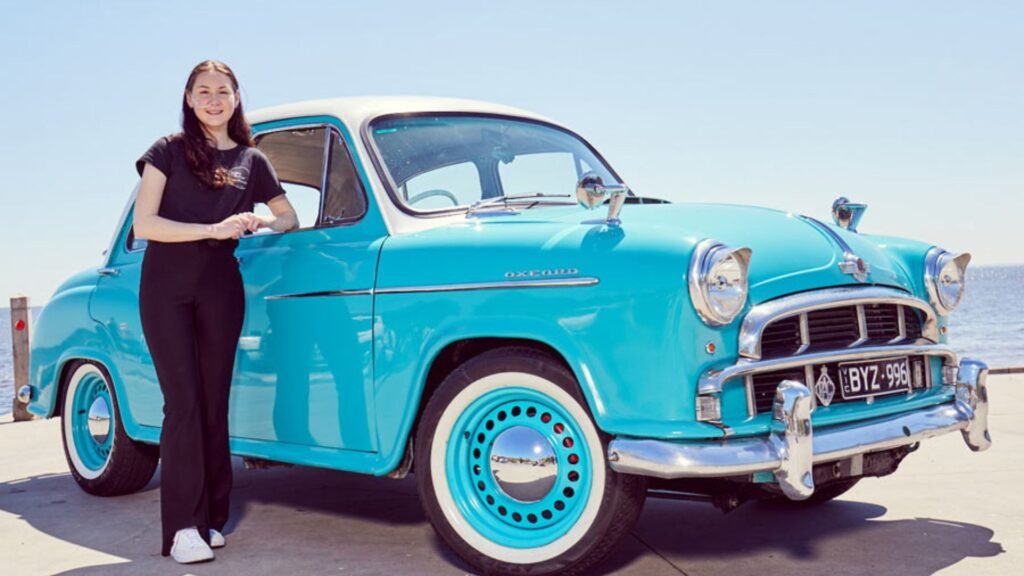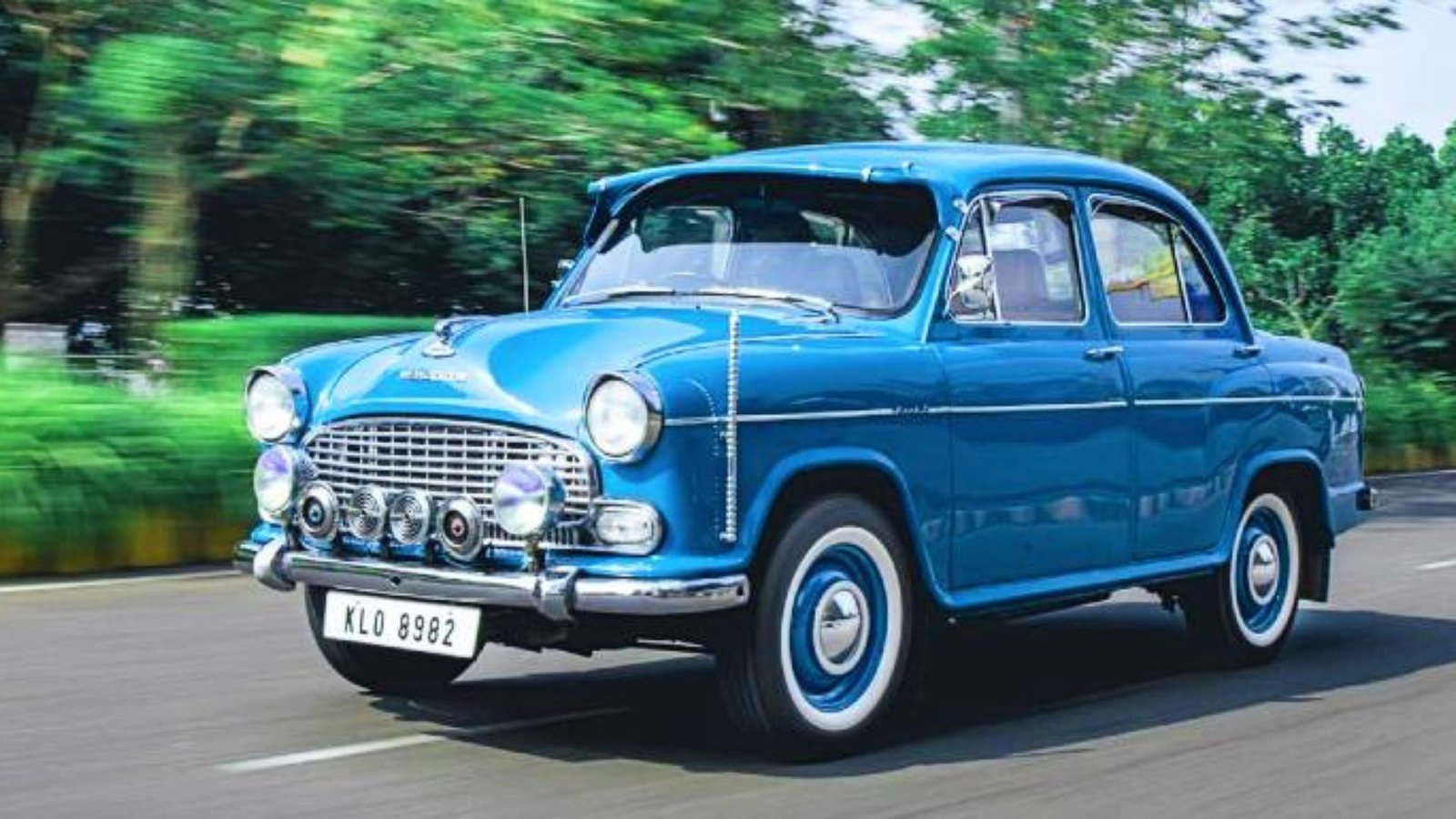Restoration Techniques for Vintage Cars
Restoring a vintage car is more than just a project; it’s a labor of love. For car enthusiasts, bringing an old, worn-out vehicle back to life is incredibly rewarding. However, it also requires patience, skill, and a good understanding of the restoration process. Whether you’re a seasoned restorer or a beginner looking to start your first project, knowing the right restoration techniques is crucial to achieving the best results. In this post, we’ll explore some essential restoration techniques for vintage cars that will help you transform a classic vehicle into a shining masterpiece.

Assessing the Condition of the Vintage Car
Before diving into the restoration, the first and most crucial step is assessing the condition of the vintage car. Take the time to thoroughly inspect the vehicle, noting any areas that need attention. This includes checking for rust, structural damage, and mechanical issues. A detailed assessment will help you plan your restoration process and determine the scope of work required. It’s also important to document the condition of the car with photographs, as this can be useful when sourcing parts or seeking advice from experts.
Bodywork and Rust Removal Techniques
One of the biggest challenges in restoring vintage cars is dealing with bodywork and rust. Over the years, vintage cars are likely to develop rust, which can weaken the metal and cause significant damage if left untreated. The first step in rust removal is to carefully sand down the affected areas to remove surface rust. For more severe rust, you may need to cut out the damaged sections and replace them with new metal panels.
In addition to rust removal, you’ll need to focus on straightening the body panels. Use a combination of hammering, welding, and filler materials to repair dents and restore the car’s original shape. Once the bodywork is complete, a fresh coat of primer and paint will give the car a new lease on life. Choosing the right paint and applying it evenly is key to achieving a professional finish.
Engine and Mechanical Restoration
Next, the heart of any vintage car is its engine, and restoring it to its former glory is essential. Start by disassembling the engine and inspecting each component for wear and damage. This includes checking the pistons, valves, camshaft, and crankshaft. Replace any worn-out parts with new or reconditioned ones, ensuring they are compatible with the engine’s specifications.
Moreover, don’t forget about the fuel system, exhaust system, and transmission. Clean and rebuild the carburetor or fuel injectors, replace old fuel lines, and inspect the exhaust for any leaks or corrosion. The transmission should also be checked for smooth operation, and any faulty gears or bearings should be replaced. Once the mechanical components are in top condition, reassemble the engine and test it to ensure everything is running smoothly.
Upholstery and Interior Restoration
While the exterior and mechanical aspects of the car are crucial, the interior restoration is just as important. Start by removing the old upholstery, carpets, and headliner. Assess the condition of the seats, dashboard, and door panels. In many cases, the upholstery may be worn or damaged, so consider reupholstering the seats with period-correct materials that match the car’s original design.
Additionally, restoring the dashboard and gauges is essential to maintaining the car’s authenticity. Clean or replace the gauges, ensuring they function properly. Restore or replace the steering wheel, gear shift, and any other interior components that show signs of wear. Finally, install new carpeting and a headliner to complete the interior restoration.
Sourcing Authentic Parts
One of the most challenging aspects of vintage car restoration is sourcing authentic parts. Depending on the make and model of your car, finding original or reproduction parts can be difficult. Start by searching online forums, auction sites, and specialty suppliers that cater to vintage car enthusiasts. You may also find valuable parts at swap meets, salvage yards, or through other collectors.
However, it’s important to verify the authenticity of the parts you purchase, as using non-original parts can affect the car’s value and performance. If original parts are unavailable, consider using high-quality reproduction parts that match the specifications of the original components.
Electrical System Restoration
Another critical aspect of restoring a vintage car is the electrical system. Over time, the wiring in older vehicles can become brittle, corroded, or damaged. Start by inspecting the entire electrical system, including the battery, alternator, starter, and wiring harnesses. Replace any faulty or worn-out components with new wiring that meets modern safety standards.
Furthermore, upgrading the electrical system to accommodate modern conveniences, such as a new sound system or improved lighting, is possible without compromising the car’s vintage appeal. However, it’s important to keep these upgrades subtle to maintain the car’s original look and feel.
Final Touches and Assembly
After completing the major restoration work, it’s time for the final touches and assembly. Carefully reassemble the car, paying attention to details like aligning the body panels, fitting the trim, and installing the windows. Check all mechanical and electrical systems to ensure they function correctly.
Finally, give the car a thorough cleaning and polish to make it shine. The finishing touches, such as installing new badges, emblems, and chrome accents, will bring the restoration to life. Once everything is in place, take your vintage car for a test drive to ensure it runs smoothly and safely.
Conclusion
In conclusion, restoring a vintage car is a challenging but highly rewarding process. By following these essential restoration techniques, you can transform an old, neglected vehicle into a stunning classic that turns heads on the road. Whether you’re preserving the car for personal enjoyment or preparing it for a show, the effort you put into the restoration will pay off in the end. With patience, skill, and attention to detail, you can bring a piece of automotive history back to life.

